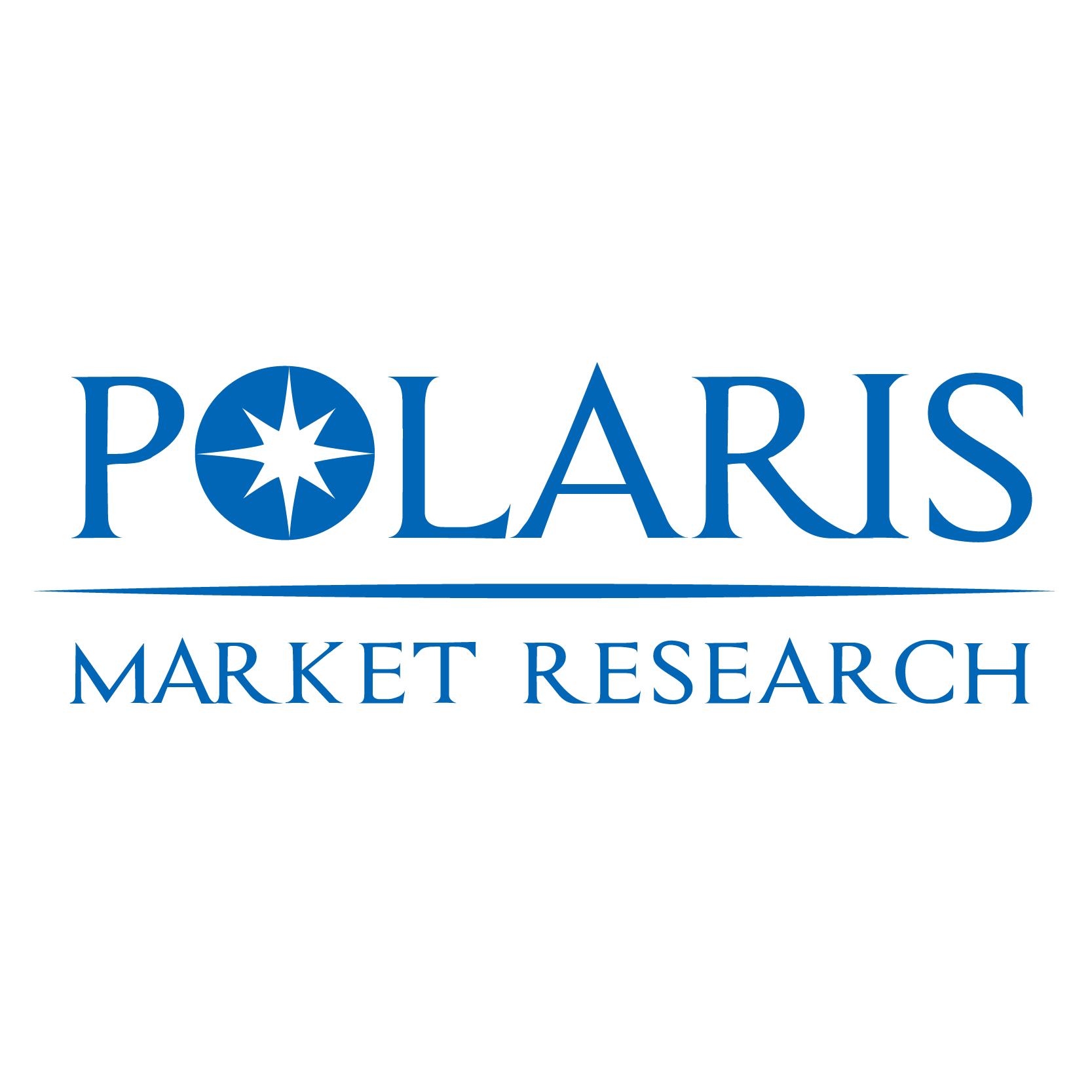The global antibiotics market, valued at USD 39.7 billion in 2020, is projected to exceed USD 51.5 billion by 2028, growing at a compound annual growth rate (CAGR) of 4.2% during the forecast period from 2021 to 2028. The growth of the antibiotics market is driven by the increasing prevalence of infectious diseases, rising demand for novel antibiotic therapies, and the growing awareness around antibiotic resistance and its management.
Antibiotics play a vital role in the treatment of bacterial infections, and their widespread use has significantly reduced mortality rates from infections across the globe. Despite the growing threat of antibiotic resistance, ongoing research and development in the pharmaceutical sector aim to provide new, more effective treatments to combat bacterial infections and other microbial threats.
𝐄𝐱𝐩𝐥𝐨𝐫𝐞 𝐓𝐡𝐞 𝐂𝐨𝐦𝐩𝐥𝐞𝐭𝐞 𝐂𝐨𝐦𝐩𝐫𝐞𝐡𝐞𝐧𝐬𝐢𝐯𝐞 𝐑𝐞𝐩𝐨𝐫𝐭 𝐇𝐞𝐫𝐞:
https://www.polarismarketresearch.com/industry-analysis/antibiotics-market
Market Overview: Rising Prevalence of Infectious Diseases and Antibiotic Resistance
The demand for antibiotics continues to rise globally, driven by factors such as:
- Increasing incidence of infectious diseases, including pneumonia, tuberculosis, urinary tract infections, and hospital-acquired infections.
- The growing global concern over antibiotic resistance and the need for new and more potent antibiotics to treat resistant bacterial strains.
- Aging population and increased hospitalizations, which contribute to a higher incidence of infections in elderly individuals.
- Advancements in antibiotic research, with a focus on developing broad-spectrum antibiotics and overcoming challenges posed by multidrug-resistant bacteria.
The market for antibiotics is characterized by a range of therapeutic segments, with notable advances in the development of antibiotics targeting resistant pathogens. However, the antibiotic development pipeline has faced significant challenges in recent years, leading to an increasing focus on investment in R&D and partnerships between governments, regulatory bodies, and pharmaceutical companies.
Market Segmentation: By Drug Class, Application, and Geography
The global antibiotics market is segmented by drug class, application, end-user, and geography.
By Drug Class:
- Penicillins: One of the oldest and most widely used antibiotic classes, penicillins remain a significant part of the market despite the rising concerns over resistance.
- Cephalosporins: These broad-spectrum antibiotics continue to be in demand due to their efficacy against a wide range of bacterial infections.
- Macrolides: Known for their ability to treat respiratory and soft tissue infections, macrolides are an important drug class in the antibiotics market.
- Fluoroquinolones: These antibiotics are used to treat a variety of bacterial infections, particularly in the respiratory and urinary tract.
- Carbapenems: These are considered last-resort antibiotics for treating multidrug-resistant bacterial infections, which has increased their use and market demand.
By Application:
- Respiratory Tract Infections: Antibiotics used to treat pneumonia, bronchitis, and other respiratory conditions are a key market segment, driven by the high prevalence of respiratory infections worldwide.
- Urinary Tract Infections (UTIs): UTIs are one of the most common bacterial infections globally, leading to strong demand for antibiotics designed to target uropathogenic bacteria.
- Skin and Soft Tissue Infections: Skin infections caused by bacteria like Staphylococcus aureus, including MRSA (Methicillin-resistant Staphylococcus aureus), are common and continue to drive the use of effective antibiotics.
- Gastrointestinal Infections: Antibiotics that target gastrointestinal pathogens such as Clostridium difficile, Helicobacter pylori, and others are also a growing segment of the market.
- Other Infections: Other applications include sepsis, bacterial endocarditis, and hospital-acquired infections.
By End-User:
- Hospitals and Clinics: The majority of antibiotic treatments are administered in healthcare settings, including hospitals and clinics, particularly for severe infections and in-patient treatments.
- Ambulatory Surgical Centers: The growing number of outpatient procedures requiring antibiotics for infection prevention and treatment is driving demand in this segment.
- Home Care Settings: The rise in home care treatments, particularly for chronic infections or post-surgical patients, has contributed to the demand for antibiotics outside of hospital environments.
By Geography:
The global market is further segmented by geography, with key regions including North America, Europe, Asia-Pacific, Latin America, and the Middle East & Africa.
Regional Analysis: North America Dominates, Asia-Pacific to See Significant Growth
North America
North America is expected to remain the largest market for antibiotics, driven by advanced healthcare infrastructure, high healthcare expenditure, and a large aging population. The U.S. is the dominant force in this market, supported by the increasing prevalence of infectious diseases, hospital-acquired infections, and rising awareness about antibiotic resistance. However, the region faces challenges with growing concerns over antibiotic overuse and resistance, driving demand for newer, more effective antibiotics.
Europe
Europe holds a significant share of the antibiotics market, with the region having one of the highest consumption rates of antibiotics. The demand for antibiotics in Europe is fueled by the rising incidence of infectious diseases, as well as initiatives by governments and public health organizations to tackle antibiotic resistance.
Asia-Pacific
The Asia-Pacific region is poised to experience the highest growth rate in the antibiotics market during the forecast period. The rising population, improving healthcare access, and increasing prevalence of bacterial infections in countries like China, India, and Japan are contributing to the market’s expansion. Additionally, there is growing emphasis on improving healthcare infrastructure in these countries, further driving demand for antibiotics.
Latin America and Middle East & Africa
Both Latin America and the Middle East & Africa are witnessing steady growth in the antibiotics market, driven by improving healthcare systems, rising healthcare awareness, and an increasing burden of infectious diseases. However, challenges such as limited access to healthcare in some regions and rising resistance rates in certain countries remain.
Key Market Trends and Drivers
- Rising Antibiotic Resistance
The increasing incidence of antibiotic-resistant bacteria is one of the major drivers for innovation in the antibiotics market. As traditional antibiotics become less effective, pharmaceutical companies are focusing on developing next-generation antibiotics and alternative therapies to combat resistant infections. - Technological Advancements in Antibiotic Research
Advances in biotechnology and drug discovery techniques, such as gene editing and artificial intelligence, are contributing to the development of new antibiotics with enhanced efficacy and fewer side effects. Innovations in combination therapies and the use of antibiotics alongside other treatment modalities are also driving market growth. - Government Initiatives and Regulations
Governments worldwide are implementing stringent regulations and funding initiatives to promote the development of new antibiotics. This includes regulatory support for clinical trials, incentives for antibiotic research, and efforts to curb antibiotic overuse in agriculture and healthcare settings. - Increasing Prevalence of Infectious Diseases
The rising incidence of bacterial infections, particularly in the wake of the COVID-19 pandemic, has intensified the demand for antibiotics. As infections continue to emerge and evolve, the need for effective treatment options remains critical.
Key Players in the Antibiotics Market
The antibiotics market is highly competitive, with several key players investing heavily in research and development to bring new antibiotics to market. Some of the leading companies in this space include:
- Pfizer Inc.
- Merck & Co., Inc.
- GlaxoSmithKline plc (GSK)
- Bayer AG
- Johnson & Johnson
- Novartis AG
- Sanofi S.A.
- AstraZeneca plc
These companies are focusing on strategic partnerships, acquisitions, and product innovations to enhance their market position. Additionally, there is a growing focus on addressing the challenge of antibiotic resistance by developing novel antibiotics that can target resistant strains of bacteria.
Conclusion: The Future of the Antibiotics Market
The global antibiotics market is on track to experience steady growth, driven by advancements in research, increasing demand for effective treatments, and heightened awareness about antibiotic resistance. As the world continues to battle infectious diseases, the market for antibiotics will remain critical in ensuring public health and combating the growing threat of resistant bacteria.
By 2028, the antibiotics market is expected to exceed USD 51.5 billion, underscoring the importance of continued innovation and investment in new antibiotic therapies.
More Trending Latest Reports By Polaris Market Research:
Electronic Waste Management Market
Why Maleic Anhydride Is Essential for Industrial Applications?








